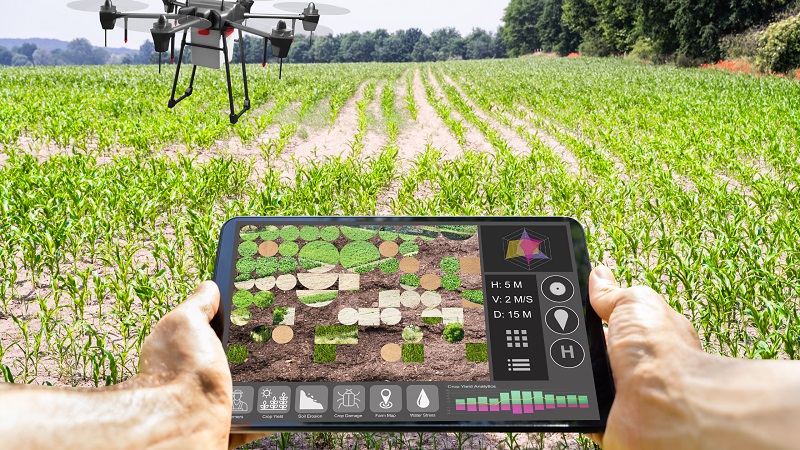On Agricultural Technology: Utilizing Tech to Improve Crop Yields

Growing crops, managing fields, and utilizing resources effectively can be challenging, even for expert farmers. But thanks to the different innovations made available in farming, farmers can maximize crop yields. Furthermore, they can increase their safety, make their livelihood more profitable, and even reduce the number of resources used and wasted. Agriculture technology is indeed heaven-sent for both small and large-scale farmers.
Technology for agriculture made it possible to make farming more efficient and sustainable. These days, farmers can effectively reduce the amount of water, nutrients, fertilizer, and chemicals used in the fields. This helped in reducing the cost of farming, increasing farmers’ savings, and accommodating consumer demands for faster and increased crop production.
Agricultural Drones
Drones in agriculture are fast becoming a trend thanks to their ability to handle many tasks. Farmers use drones to disperse seeds, weed control or fertilizers, water crops, assess crop fertility, and monitor crop growth. This helps them save an incredible amount of time while increasing farmers’ safety.
Drones can also be instrumental in ground-based solutions such as irrigation and crop health assessment. When farmers have so many square meters to monitor each day, it can be easy to miss some parts that are dry and needs better irrigation. Drones can help identify field areas that need improvement so that farmers can make the necessary adjustments just in time.
Scanning crops have never been this easy. Agricultural drones can detect bacterial and fungal infections in plants. These can also track other changes in plants that can pave the way for early detection of diseases and stop this from spreading to nearby yields.
Smartphone Agriculture Apps
One can download different types of applications for farmers to support their daily tasks. Farmers, for instance, now make use of certain smartphone apps that incorporate the power of the Internet of Things (IoT) in gaining relevant information. This is applicable in actionable real-time information farmers can use for improving crop yielding.
The following are just a few examples of smartphone apps farmers can use to improve farming results:
Fertilizer Calculator
This app enables you to efficiently calculate just how much fertilizer you need to give to our plants. The app makes use of information your enter like area in a hectare or number of trees and the specific crop you are trying to grow to calculate the recommended dose of nutrients. Such an app utilizes soil sensors and leaf color to help identify the best nutrients to add to your crop.
Water Study
Farmers who are still trying to farm can benefit from the water study app. This helps by determining your crops’ water needs. In turn, you can grow healthier crops and avoid wasting unnecessary amounts of water for irrigation.
Soil Study
Changing soil conditions can play a huge role in crop and heath and yield. Soil study analyzes soil images and collects chemical data and pH from sensors so you can determine social changes in real-time. This allows you to make the right decisions before investing your resources in growing crops.
Crop Harvest Readiness
Expert farmers know when the best time is to harvest their crops. But when you’re currently managing multiple crops on multiple fields, it can be tricky keeping track of every single one. Thankfully, this app uses white lights and UV lights to predict the ripeness of your crops accurately.
Telematics
Your crops are not the only ones you need to monitor to ensure all your hard work pays off. Your farm equipment and other assets also deserve your attention. Without your trucks, tractors, and other assets, it can be difficult to maintain your fields, ensure healthy crop growth, and enjoy a fruitful harvest season.
Telematics is a new agricultural technology that allows you to monitor farm equipment and assets. On-board diagnostics (OBD) and Global Positioning System (GPS) plot the movement of your farm equipment on a computerized map. Using all the data collected, you can find better ways to improve productivity, reduce fuel consumption, boost engine performance, and improve the efficiency of your overall operations.
Telematics also helps farmers improve vehicle longevity. This is since such technology supports timely equipment maintenance. Real-time asset evaluation and maintenance promote better productivity while reducing expenses and improving fuel efficiency.
Different agri-tech innovations are changing crop production for the better. Even small-time farmers are increasing their abilities to yield better numbers and quality of crops thanks to different tech innovations before they start farming. People can only expect more innovations to help farmers achieve better results while reducing their stress and expenses in the coming years.